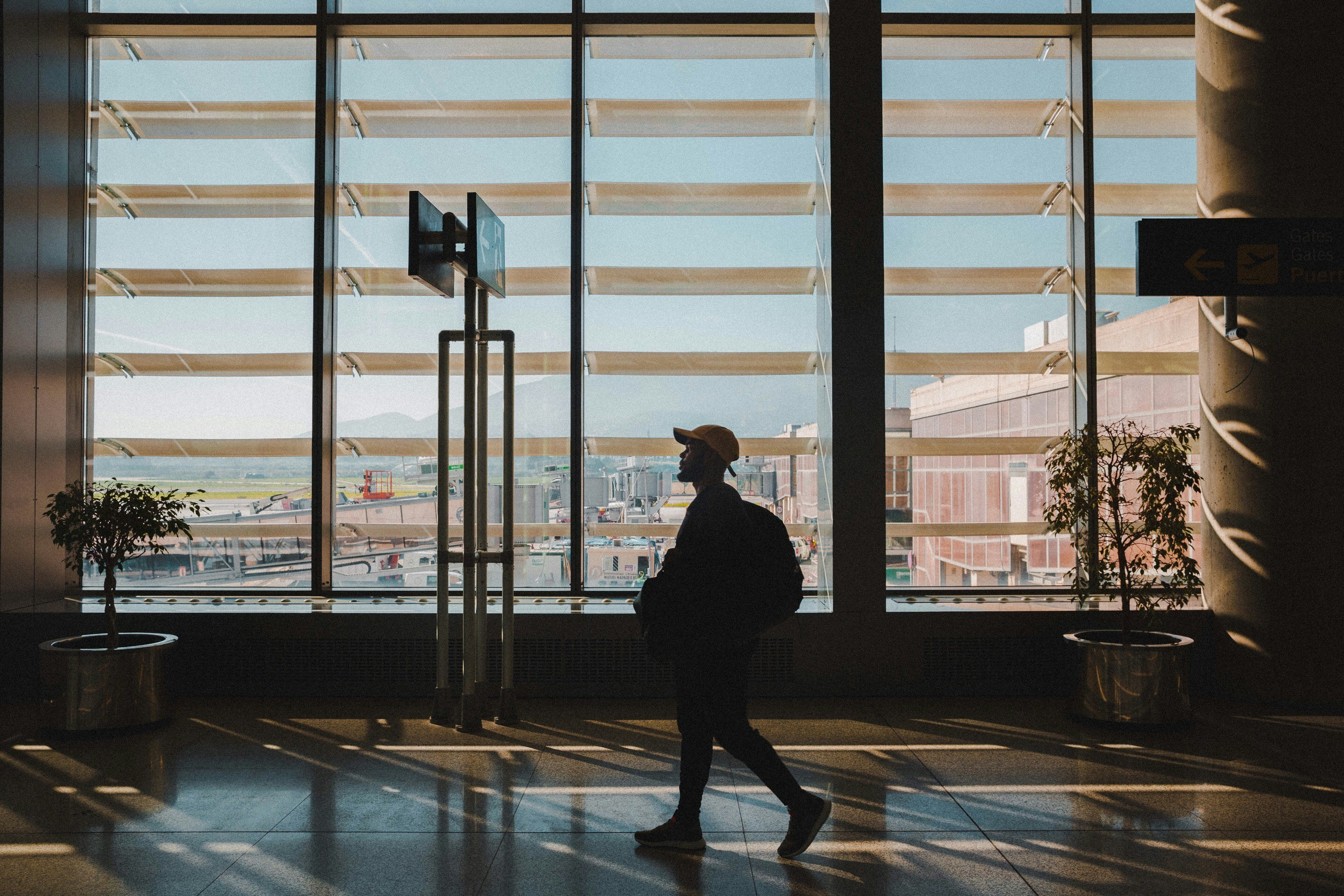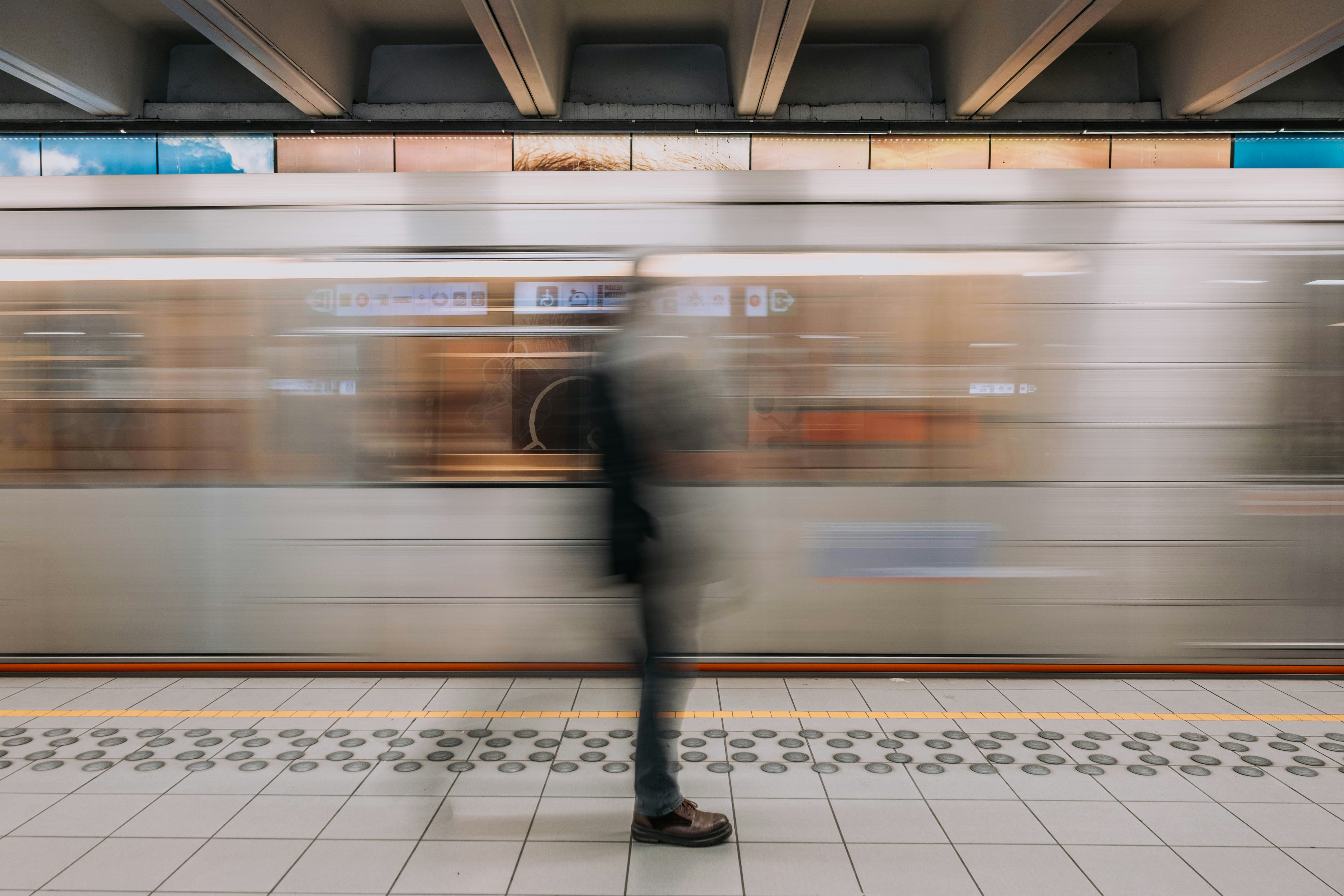What Is a Visa?

.svg)
What Is a Visa?
A visa is an official document that allows a person to enter, live, or work in another country for a specific purpose and length of time. Whether you’re traveling, studying, joining family, or relocating for a job, the right visa is essential for crossing international borders legally.
Visa requirements vary depending on your nationality, destination, and reason for travel. Some travelers can enter certain countries without a visa for short visits, while others must apply in advance. Because visa policies change often, it’s important to check the latest information from the country’s official immigration authority before you travel or move abroad.
Need help figuring out which visa you qualify for? Take our short visa planning quiz to figure out the right visa for you.
What Does a Visa Look Like?
Visas are typically issued as a sticker or stamp in your passport, though many countries now use electronic visas (e-visas). A visa usually includes:
- Passport number
- Nationality and country of birth
- Visa number or code
- Date of issue and expiration
- Number of entries allowed
- Purpose or category of stay
Digital visas have made the application and travel process faster and easier for many travelers.
A Brief History of the Visa
The concept of the modern visa developed during the 19th and 20th centuries as countries introduced border controls and standardized travel documents. Early visa rules, such as the British Aliens Act of 1905, required official permission for foreign entry.
After the world wars, international agreements helped define visa categories for tourism, study, and work, shaping the system we use today. In recent decades, many countries have introduced e-visas and digital entry systems to simplify international travel.
Types of Visas
Visas are issued for different purposes, from short visits to long-term stays. Here are the most common types:
Tourist or Visitor Visas
For leisure travel, visiting friends or family, or short business trips.
Example: The Schengen tourist visa allows travelers to visit multiple European countries for up to 90 days.
Student Visas
For individuals enrolled in an approved educational program abroad.
Example: The U.S. F-1 visa or the U.K. Student Route visa.
Work Visas
For people taking up employment or self-employment in another country.
Examples include:
- U.S. H-1B visa: for specialized professionals
- E-3 visa: for Australian nationals
- EU Blue Card: for highly skilled professionals in EU countries
- Digital nomad visas: for remote workers who can show proof of income
Family or Dependent Visas
For family members joining a relative who lives or works abroad. Many countries offer dependent visas for spouses, partners, and children.
Immigrant or Long-Stay Visas
For individuals or families planning to move permanently. These often lead to residency or citizenship.
Transit Visas
For travelers passing through a country en route to another destination.
Planning to live or work abroad long-term? Boundless can help you understand your residency options and guide you through the visa-to-green-card process. Get started today.
How to Apply for a Visa
Visa procedures differ by country, but most follow a similar process:
- Choose the right visa type
Determine which visa fits your reason for travel: work, study, family reunification, or tourism. - Complete the application
Most countries accept online applications, though some still require paper forms or in-person appointments. - Gather supporting documents
Common requirements include a valid passport, recent photos, travel itinerary, and proof of financial means. - Provide biometric data (if required)
Some applicants must provide fingerprints or attend an interview. - Pay the visa fee
Visa fees vary widely (see below for general ranges). - Wait for a decision
Processing times range from a few days to several months depending on the country and visa type. - Collect your visa or travel authorization
Once approved, you’ll receive your visa or confirmation of an electronic authorization before travel.
{{important-1}}
Required Documents
Documents differ by visa type and nationality, but most applicants will need:
- A valid passport with at least six months of validity and blank pages
- Completed visa application form (online or paper)
- Passport-sized photo taken within the past six months
- Proof of travel purpose (such as an invitation letter, employment contract, or school acceptance letter)
- Financial evidence, such as recent bank statements
- Proof of health or travel insurance
- Travel itinerary showing entry and exit dates
- Civil documents for family visas (like marriage or birth certificates)
How Much Does a Visa Cost?
Visa costs vary depending on the country, visa type, and the applicant’s nationality.
Most short-stay or visitor visas cost between $65 and $110, while long-term or work visas can range from $100 to $700, and in some cases more.
For example:
- Schengen short-stay visas generally cost about $85.
- U.S. H-1B work visas currently include a $780 base fee plus a $600 Asylum Program Fee for most employers. In some cases, employers must now pay an additional $100,000 for new H-1B visas.
- Digital nomad or residence visas may cost several hundred dollars more, depending on local registration requirements.
Always check the destination country’s official government or consulate website for up-to-date fees.
Preparing for a Visa Interview
Some countries require an in-person visa interview as part of the visa process. Applicants should:
- Bring all original documents and payment receipts
- Be prepared to discuss their purpose of travel, accommodation, and return plans
- Review the details submitted in their application for consistency
Interviews usually last 15–30 minutes and help immigration officers confirm eligibility and intent.
Visa vs. Passport: What’s the Difference?
A passport is issued by your home country and proves your identity and citizenship.
A visa is issued by another country and gives permission to enter, stay, or work there for a set period.
In short:
- A passport lets you travel.
- A visa determines where and how long you can stay.
Learn more about the difference between a visa vs. a passport.
Tips for a Smooth Visa Application
- Apply early: Start several months before your planned travel.
- Stay organized: Double-check every document before submission.
- Check entry rules: Some countries require an onward ticket or minimum funds.
- Plan for dependents: Family members may need separate or linked applications.
- Keep copies: Save all receipts and correspondence from consulates.
{{cta-component-center-aligned}}
Related Information
Tip
Some countries require additional registration or residence permits after you arrive. Check your destination’s local rules to avoid delays.
Tip
Some countries require additional registration or residence permits after you arrive. Check your destination’s local rules to avoid delays.
Tip
Some countries require additional registration or residence permits after you arrive. Check your destination’s local rules to avoid delays.
Need Help Applying for a Visa?
Boundless helps individuals, families, and employers navigate complex visa and immigration processes with expert guidance — from choosing the right visa type to filing the correct forms and staying compliant with travel or work requirements.
Our team simplifies every step so you can move abroad confidently and focus on what comes next.
Need Help Applying for a Visa?
Boundless helps individuals, families, and employers navigate complex visa and immigration processes with expert guidance — from choosing the right visa type to filing the correct forms and staying compliant with travel or work requirements.
Our team simplifies every step so you can move abroad confidently and focus on what comes next.
Visa FAQs
The application process depends on which type of visa you’re applying for. If you’re a foreign national applying from outside the U.S., you generally must submit an application for your intended visa and attend an interview at the nearest U.S. Embassy or consulate in your home country. During the interview, applicants will be asked questions about their purpose of travel, study, work, etc. and may also need to provide additional documents such as proof of finances and evidence of ties to their home country, again depending on the type of visa
An overstay is when you entered the United States with a visa (or through the Visa Waiver Program), but you stayed longer than you were allowed to. (The Visa Waiver Program allows citizens of some countries to visit the United States without a visa for up to 90 days.)
The National Visa Center (NVC) is the U.S. Department of State’s centralized processing center for all immigrant visa applications. The NVC processes green card and other family-based immigration applications, as well as certain employment-based applications. It performs initial reviews of submitted applications and then forwards approved petitions to a U.S. Embassy or consulate for final processing. The NVC also handles fee payments, document collection and provides customer service to applicants.
The method of payment can vary by location. In some cases, you may be asked to pay the fee directly at the embassy or consulate, while in other cases, you might need to pay online or at a designated bank. You should follow the specific instructions given to you by the embassy or consulate.
Visas (Nonimmigrant):
- B-1/B-2 Visitor Visa: For business (B-1) or tourism (B-2).
- F-1 Student Visa: For academic studies.
- H-1B Work Visa: For specialty occupations in fields such as science, engineering, and technology.
- J-1 Exchange Visitor Visa: For educational and cultural exchange programs.
- L-1 Visa: For intracompany transferees who work for multinational companies.
- O-1 Visa: For individuals with extraordinary ability or achievement in their field.
- TN Visa: For Canadian and Mexican citizens under the NAFTA agreement.
Green Cards:
- Family-Based Green Cards: For relatives of U.S. citizens and lawful permanent residents, including spouses, parents, children, and siblings.
- Employment-Based Green Cards: For individuals with specific skills or employment opportunities in the U.S., categorized into different preference levels (EB-1, EB-2, EB-3, EB-4, and EB-5) based on priority and eligibility criteria.
- Diversity Visa (DV) Lottery: A program that annually grants immigrant visas to individuals from countries with historically low rates of immigration to the U.S.
- Refugee and Asylum Status: For individuals who have fled persecution or fear of persecution in their home countries.



.svg)





.svg)
.avif)